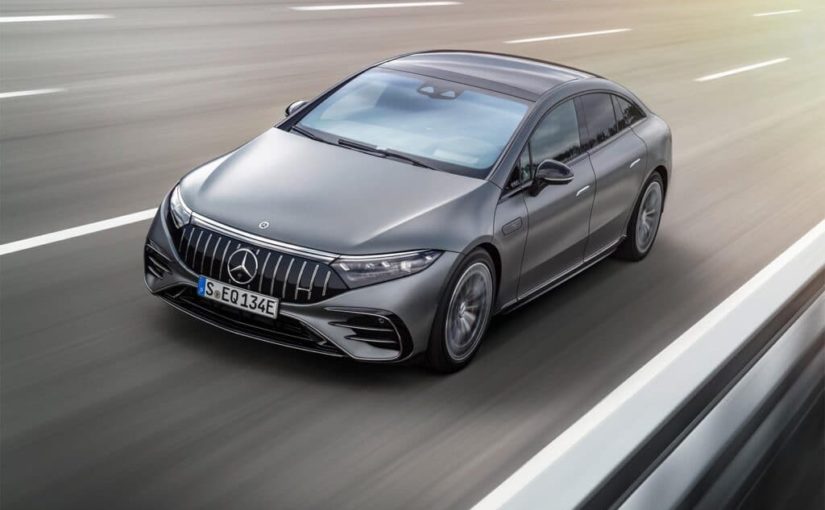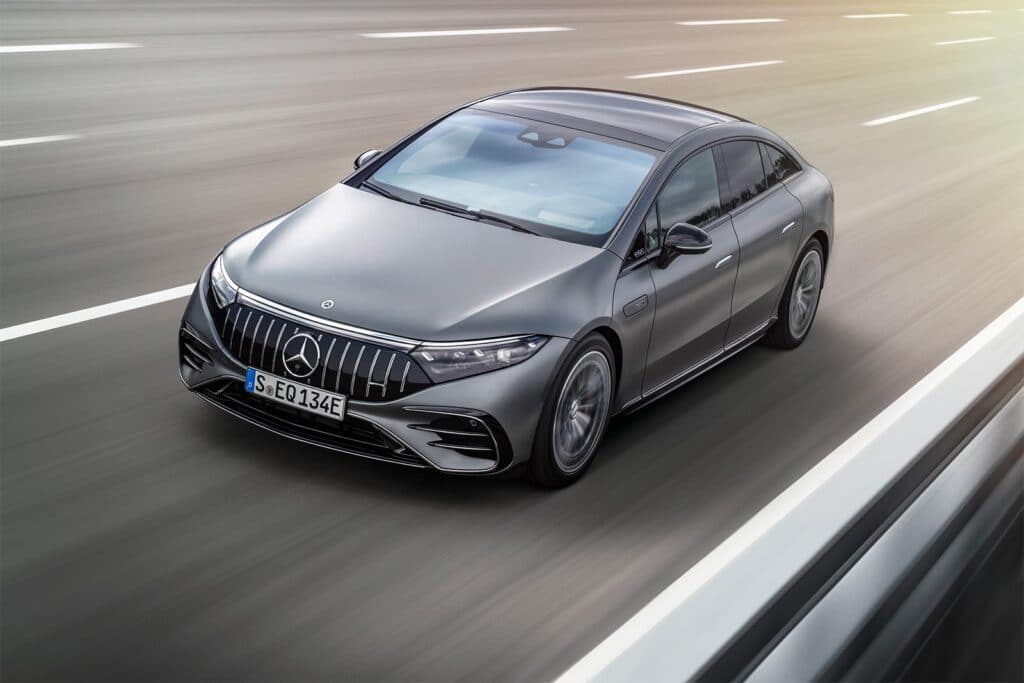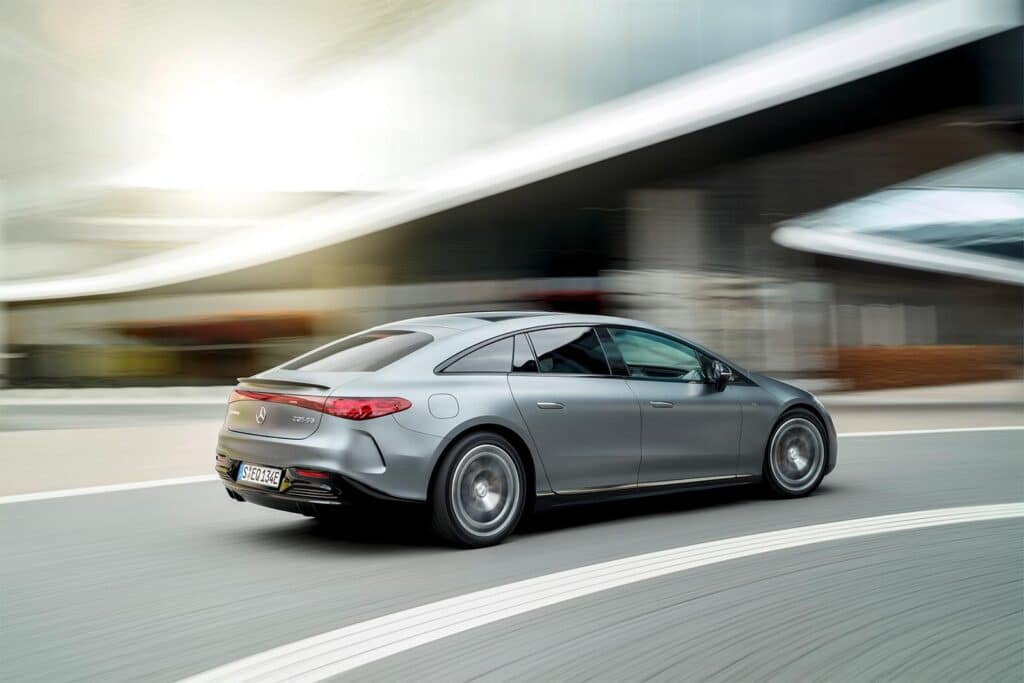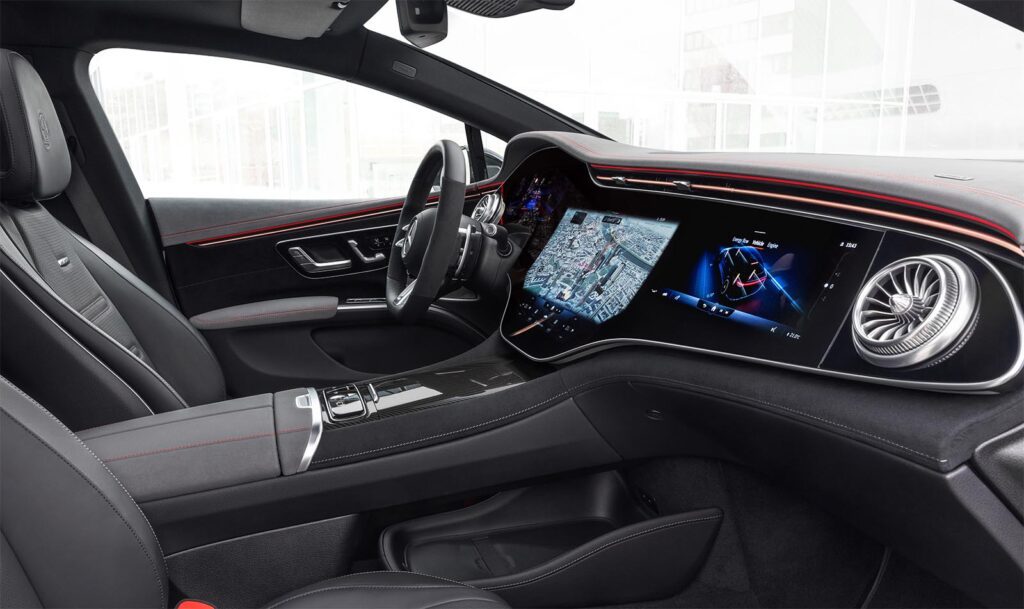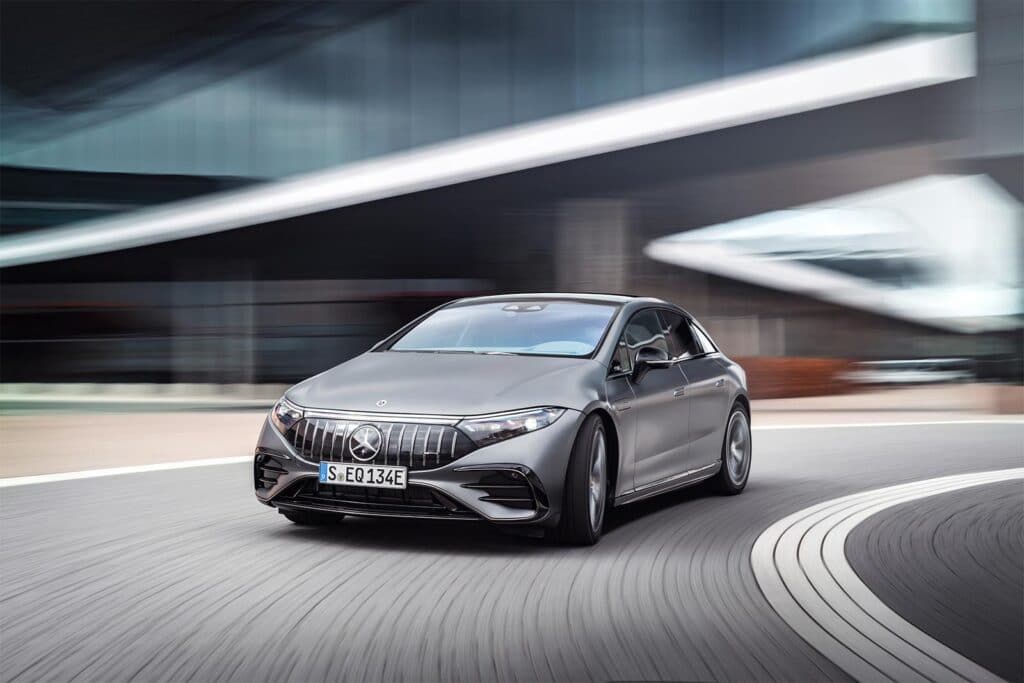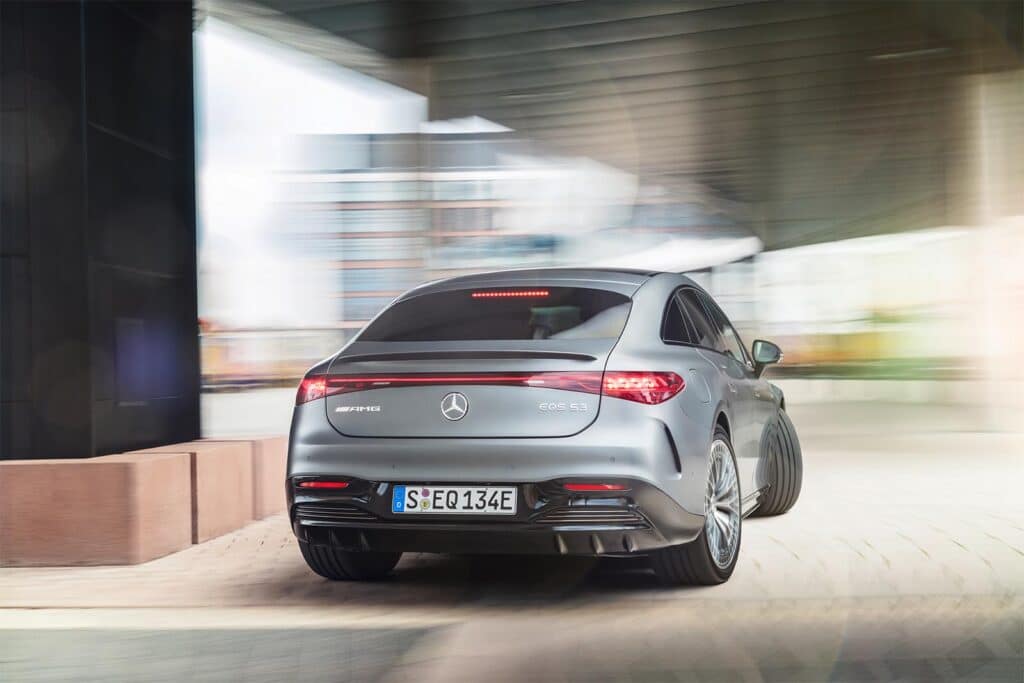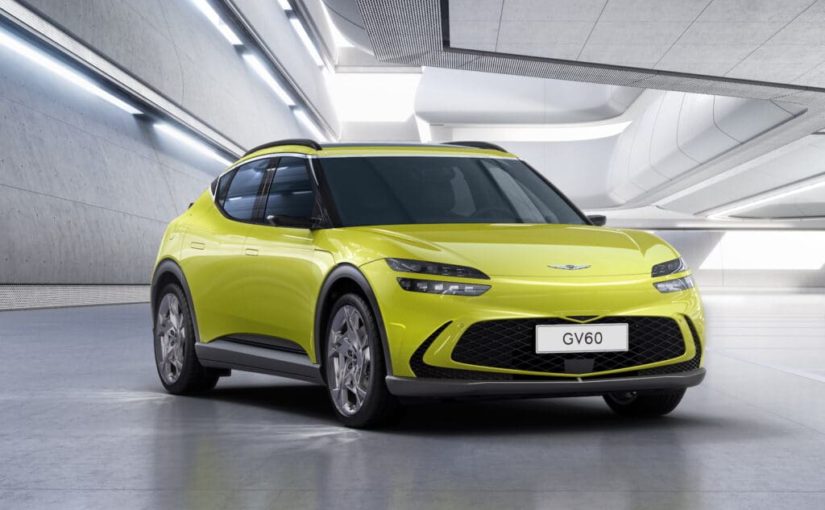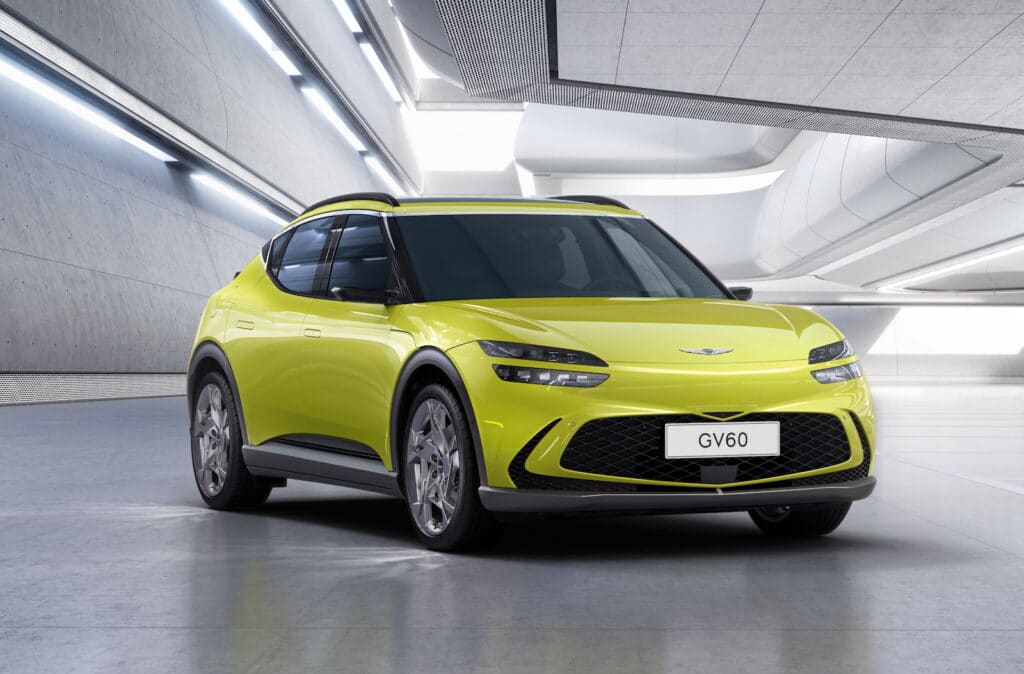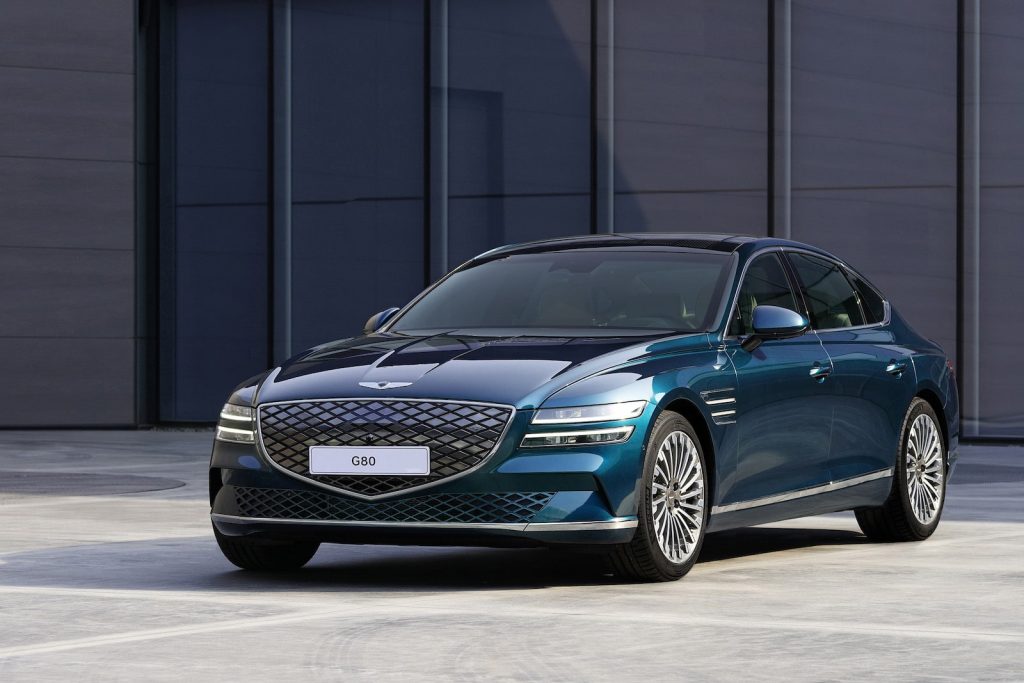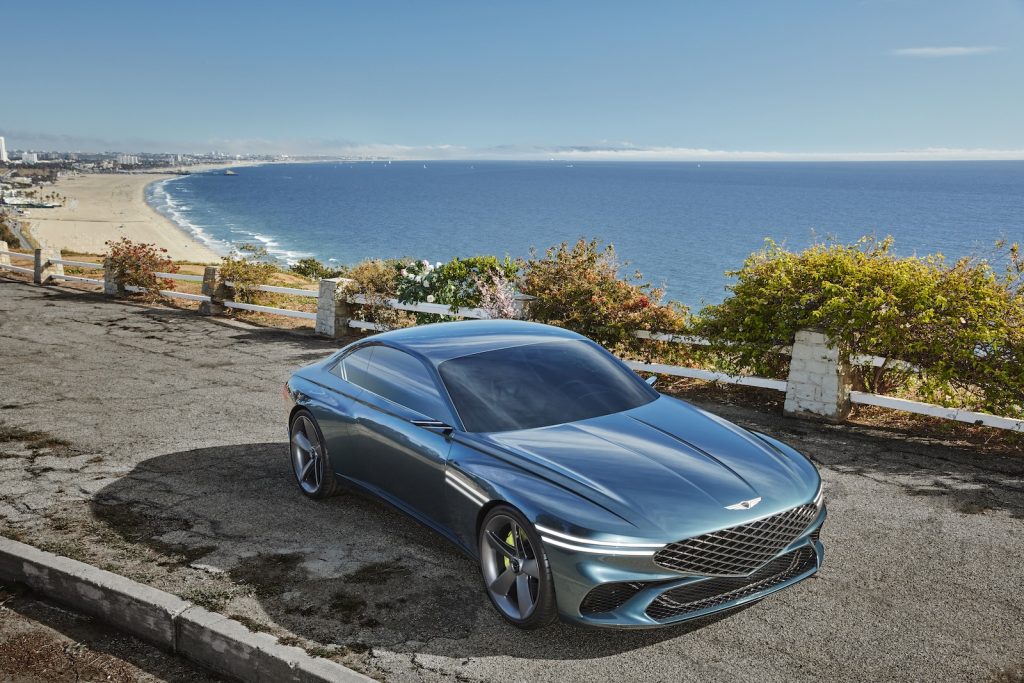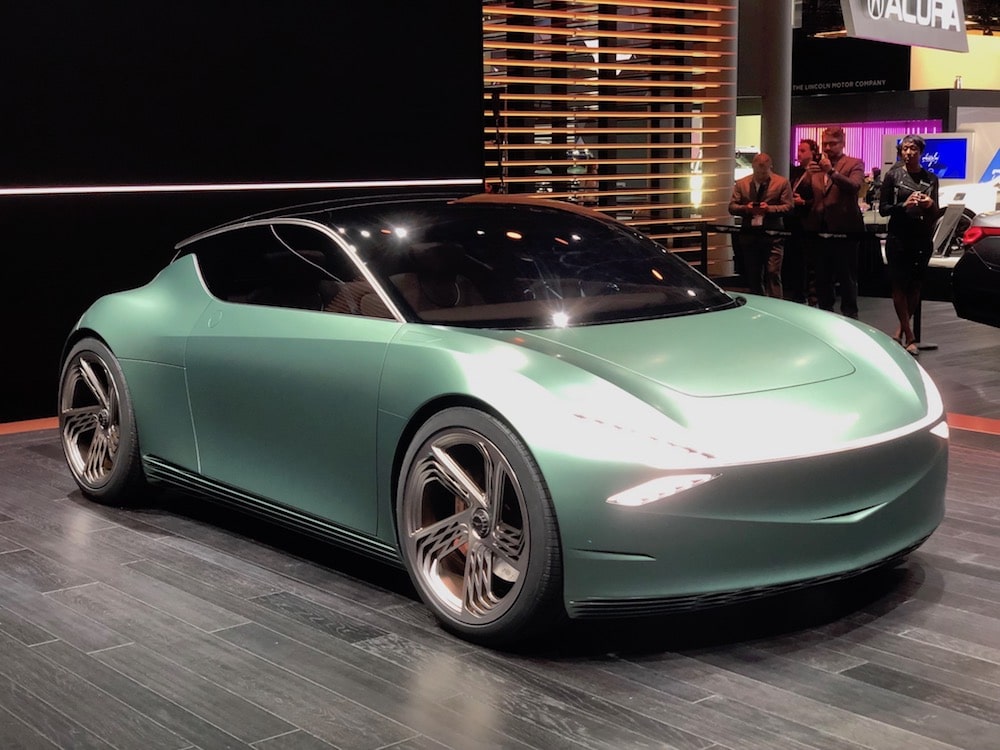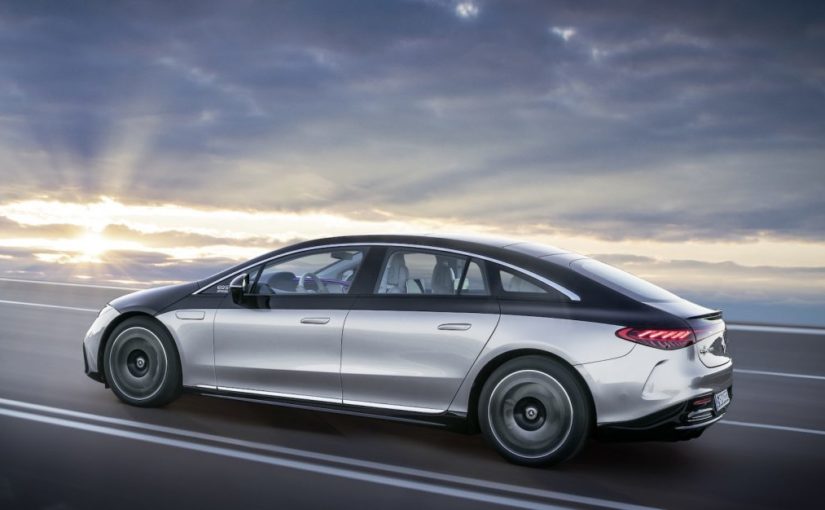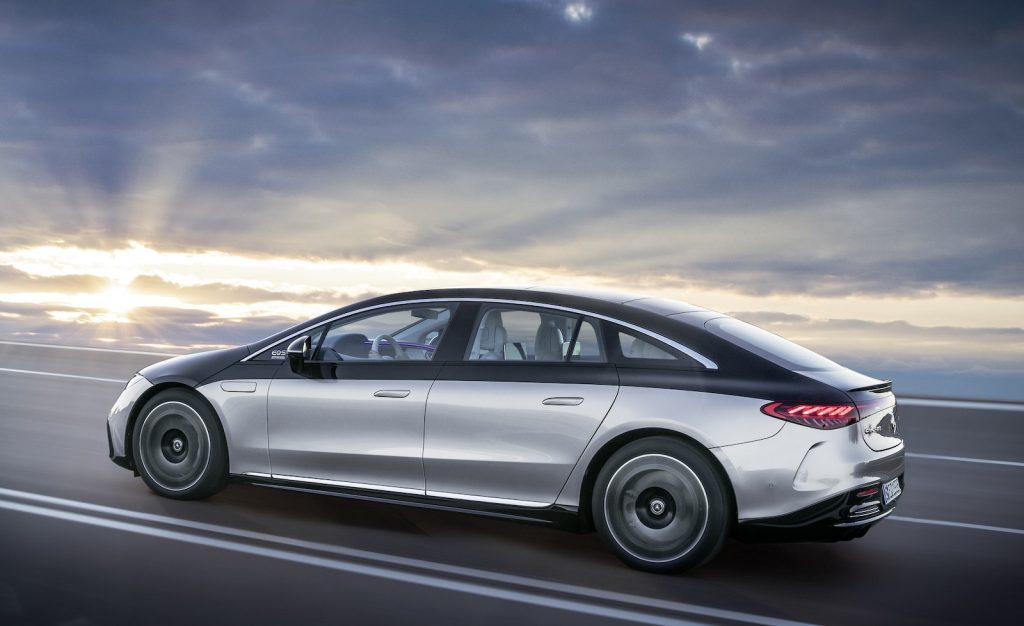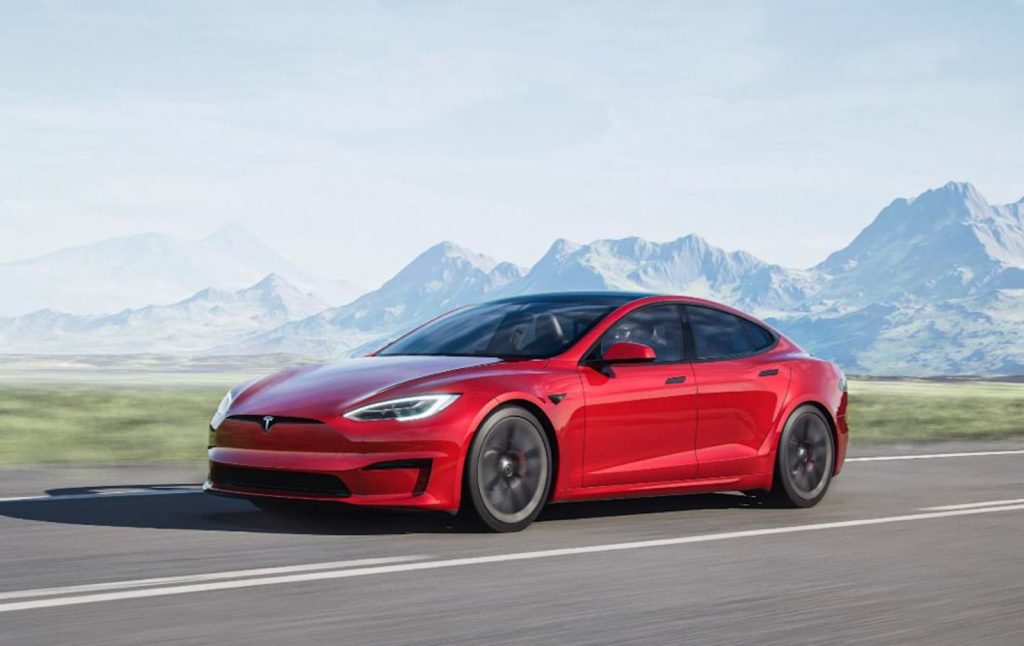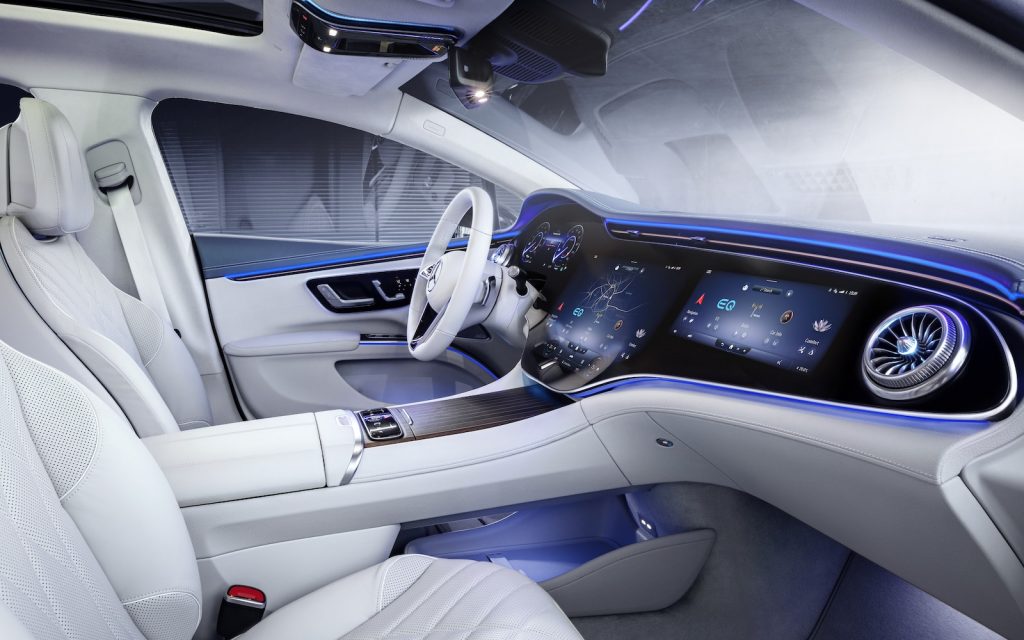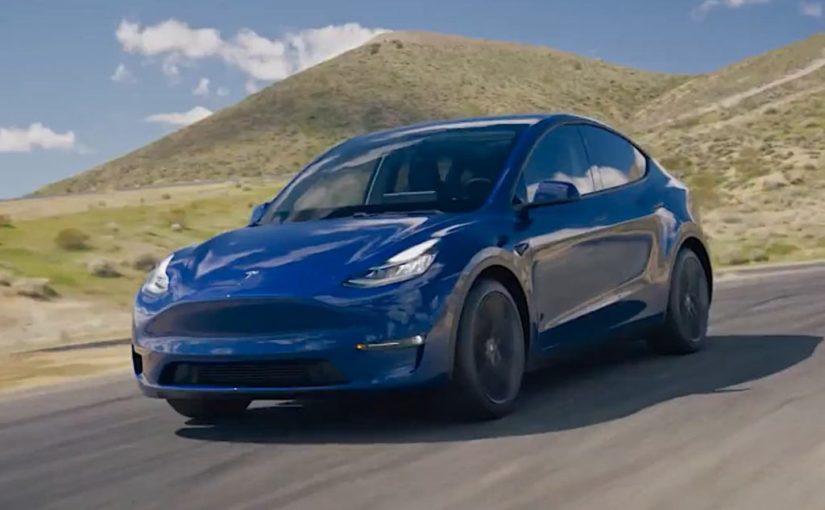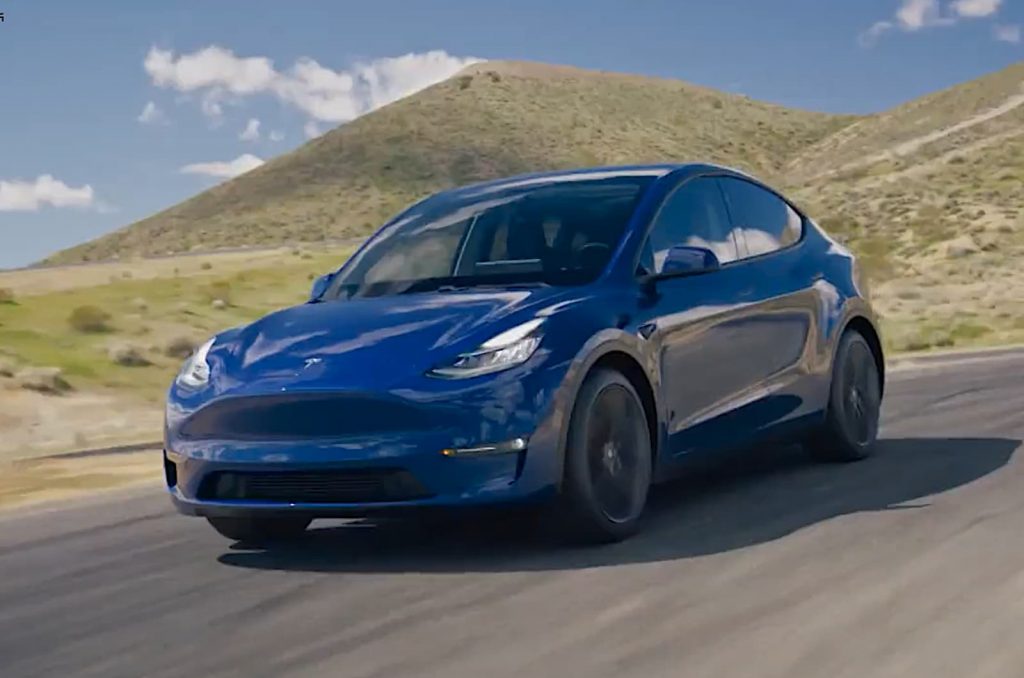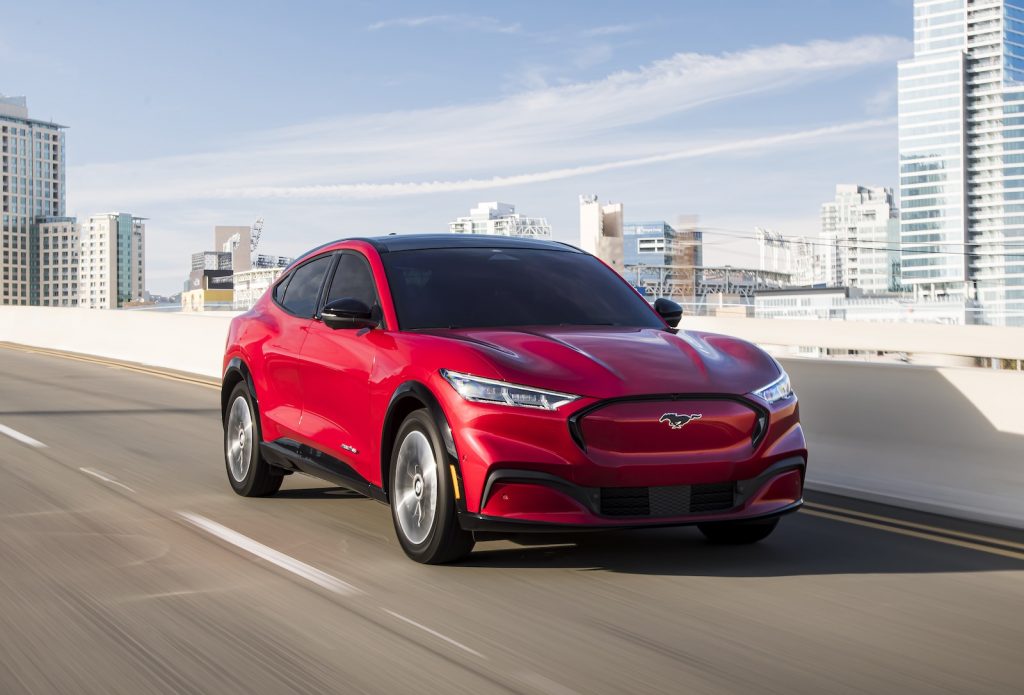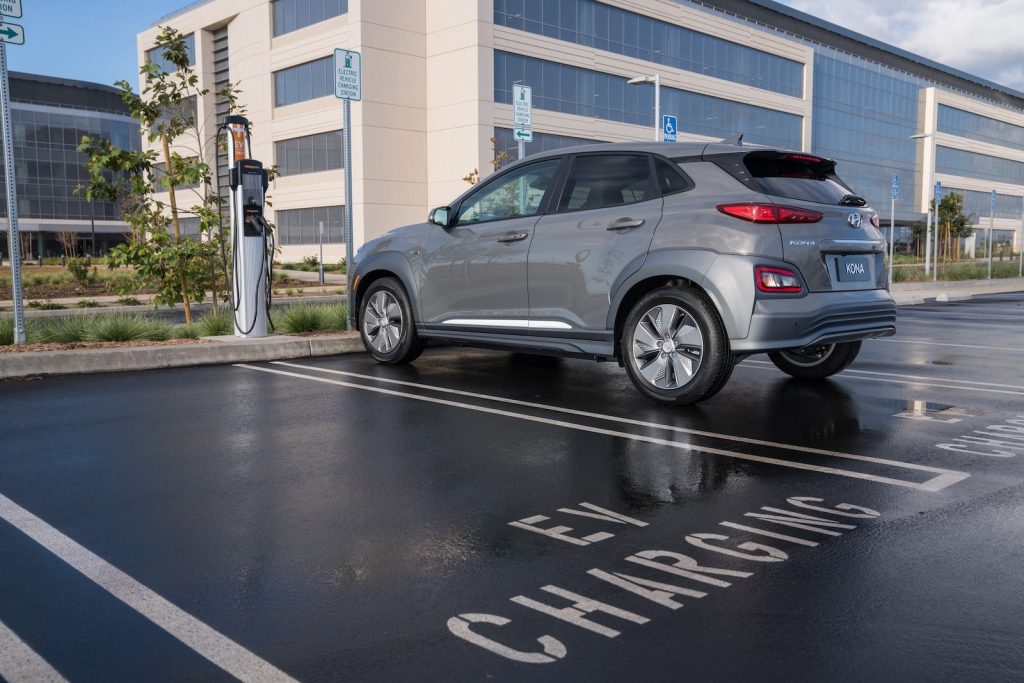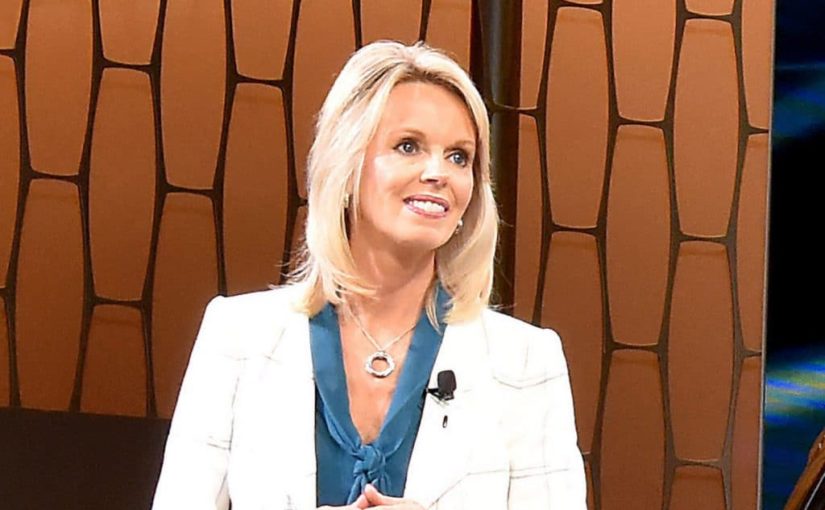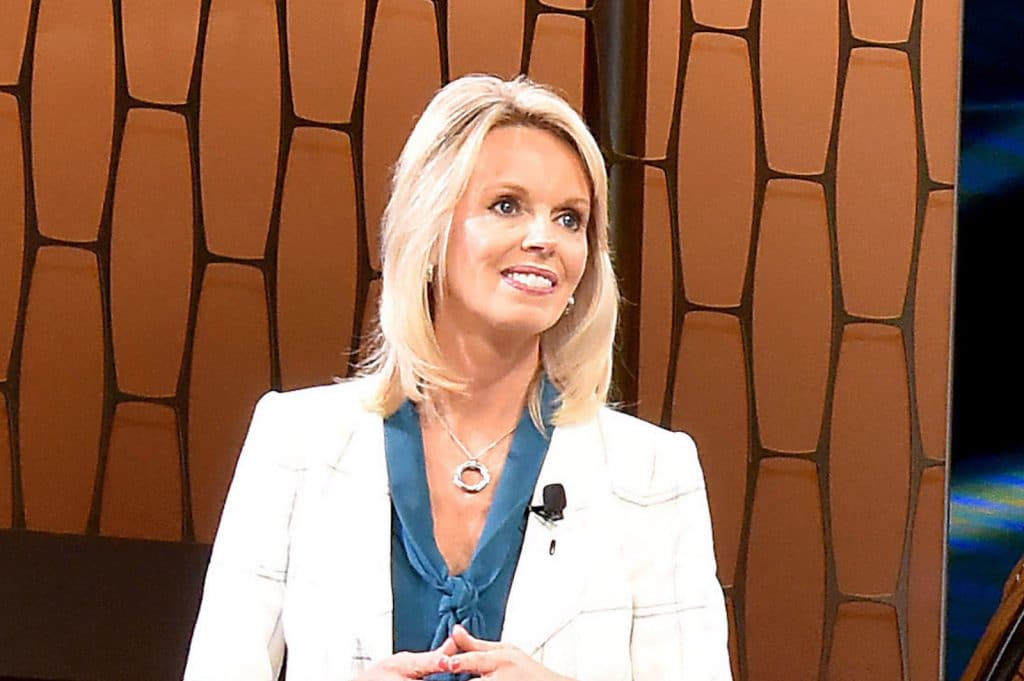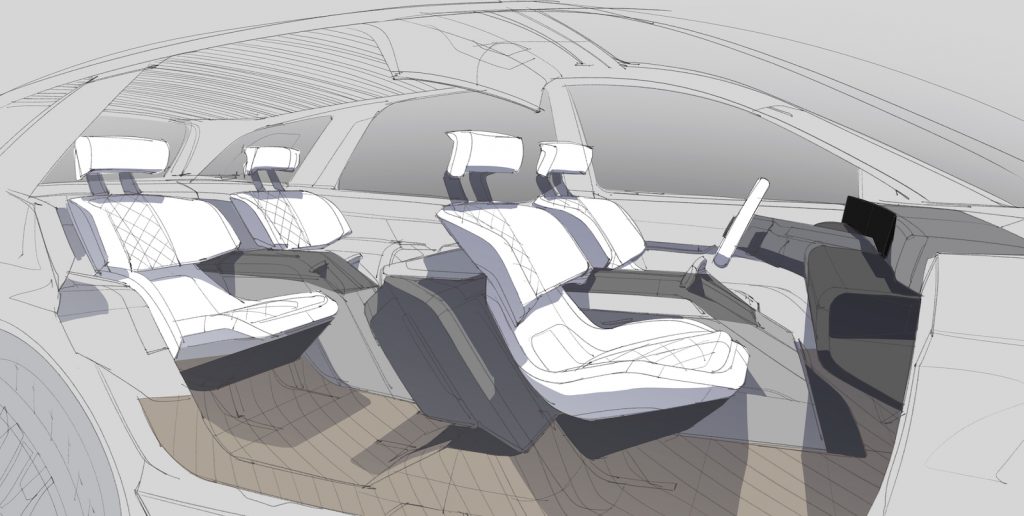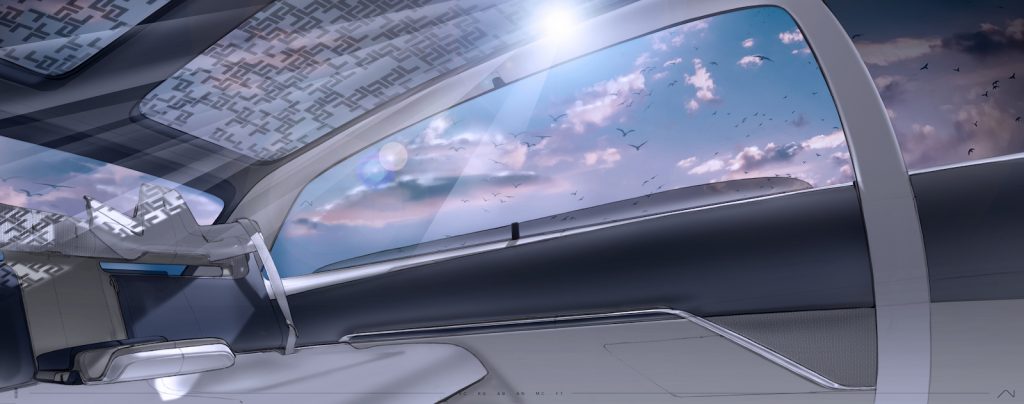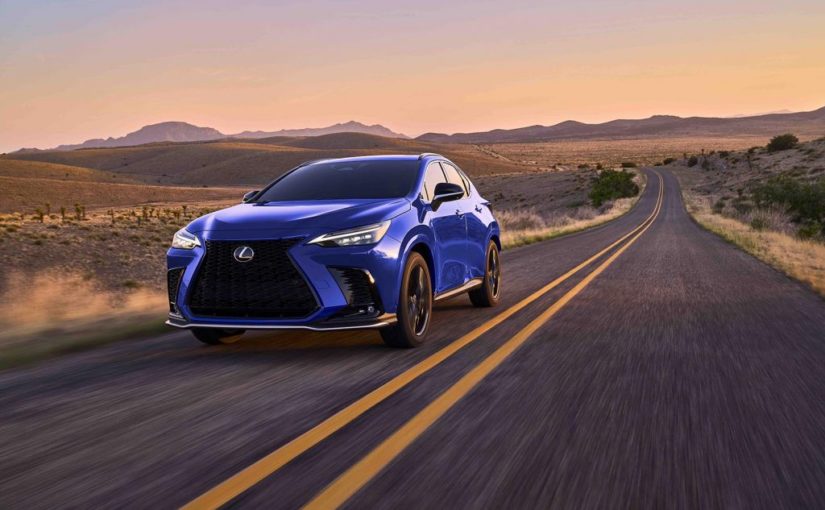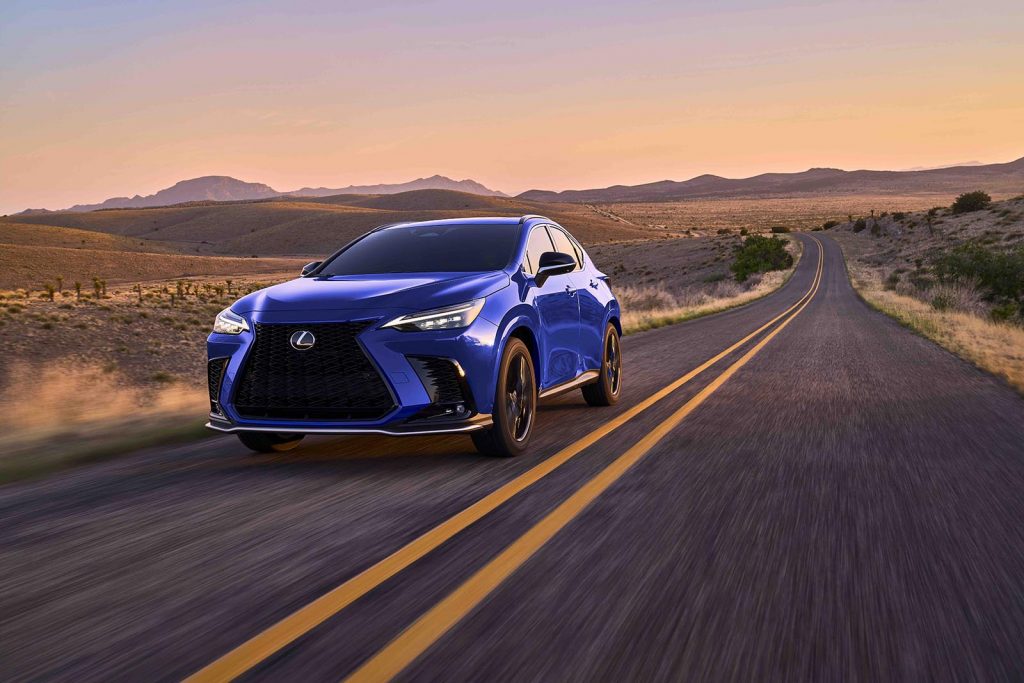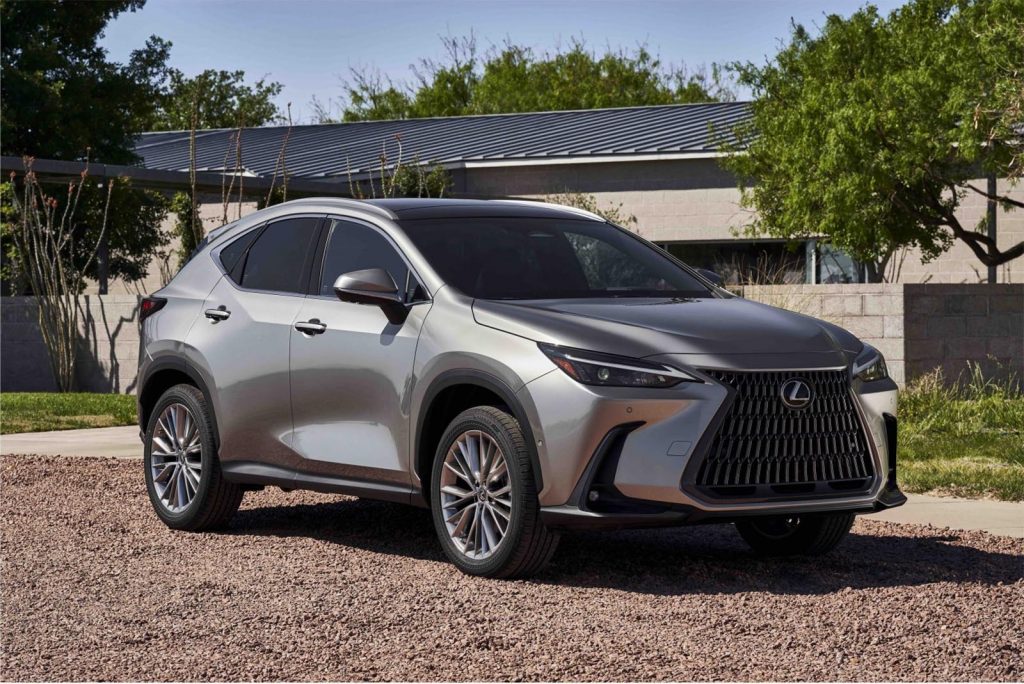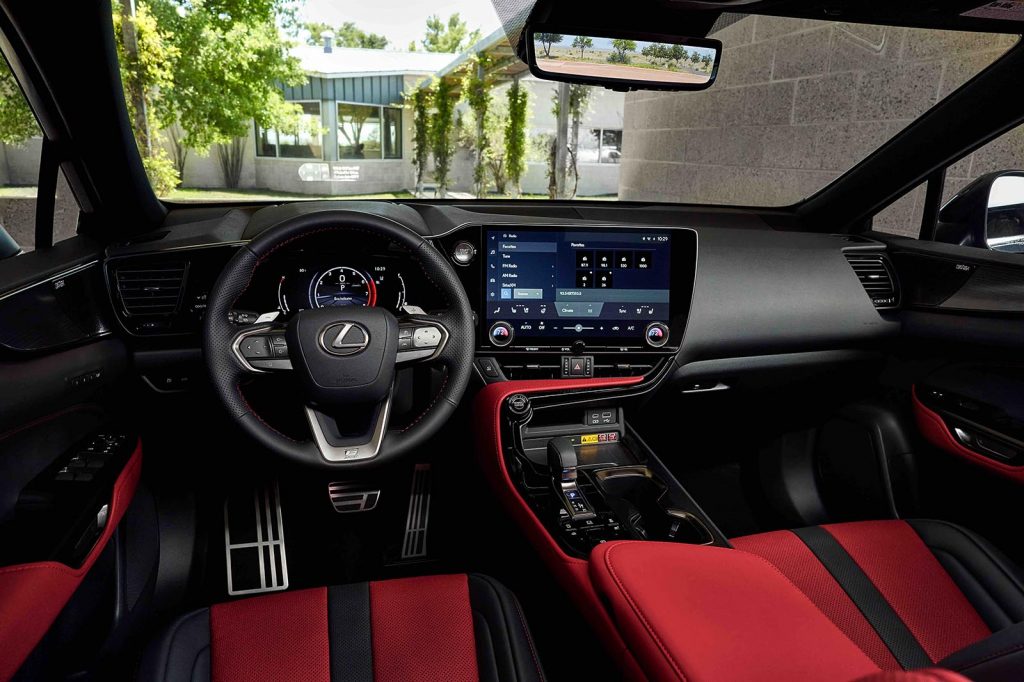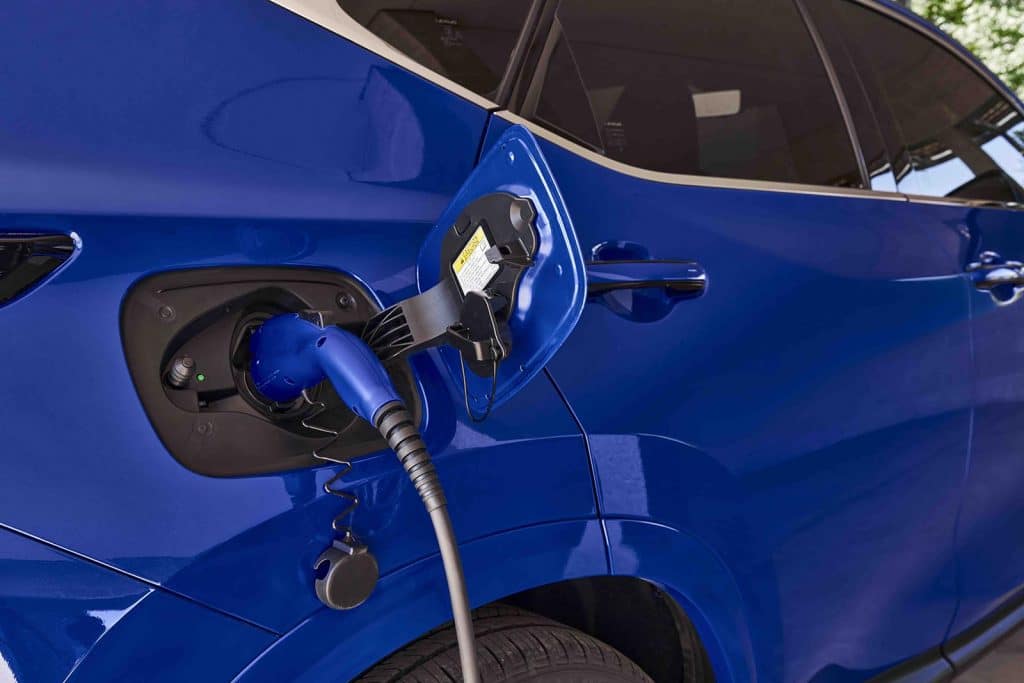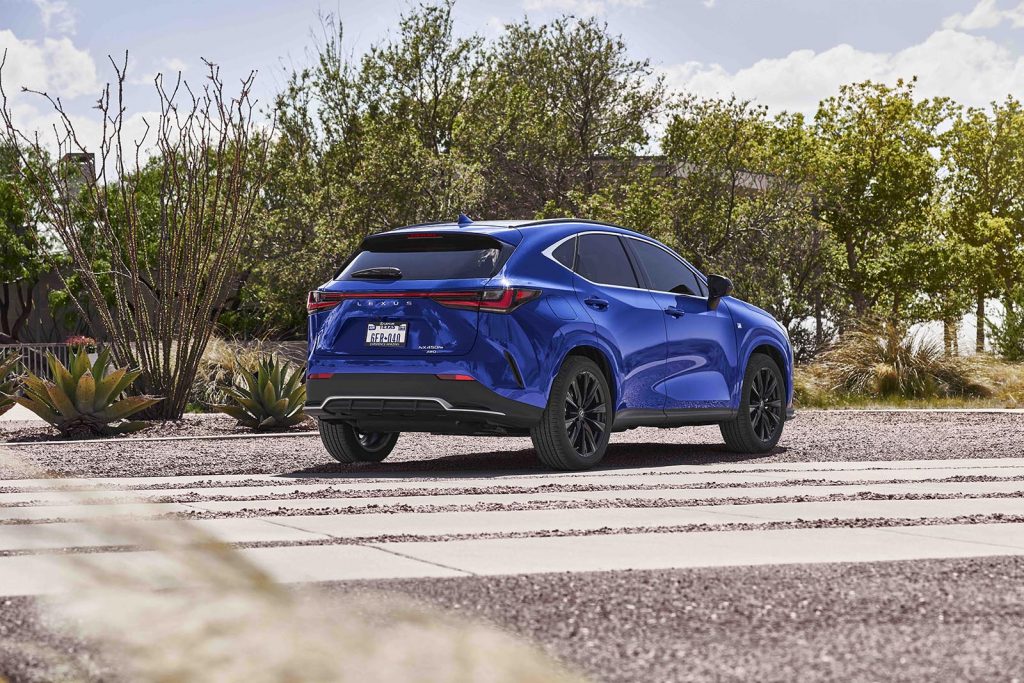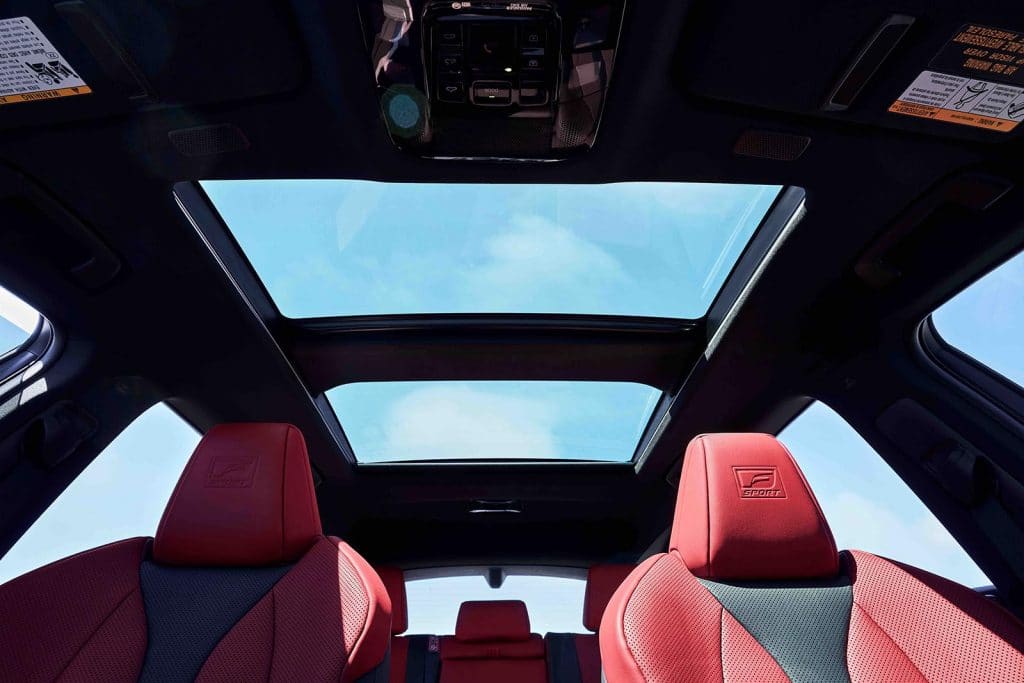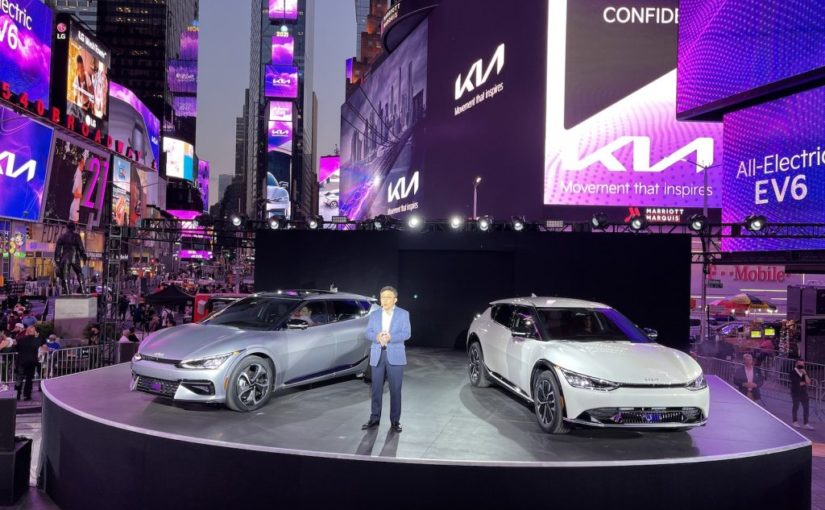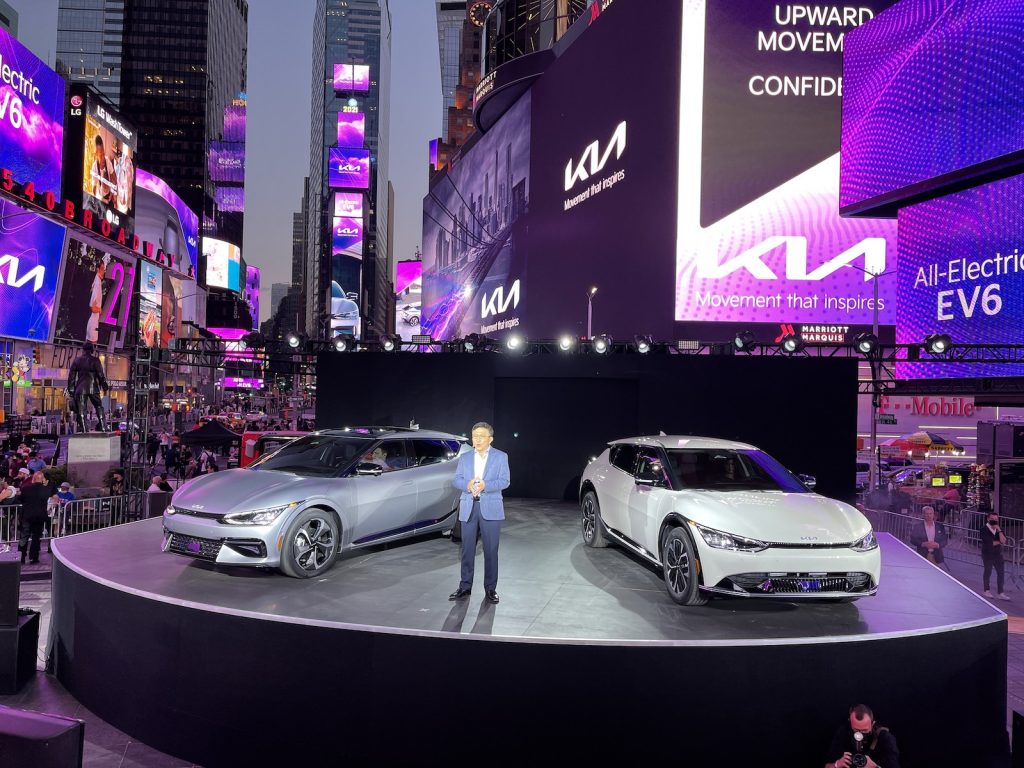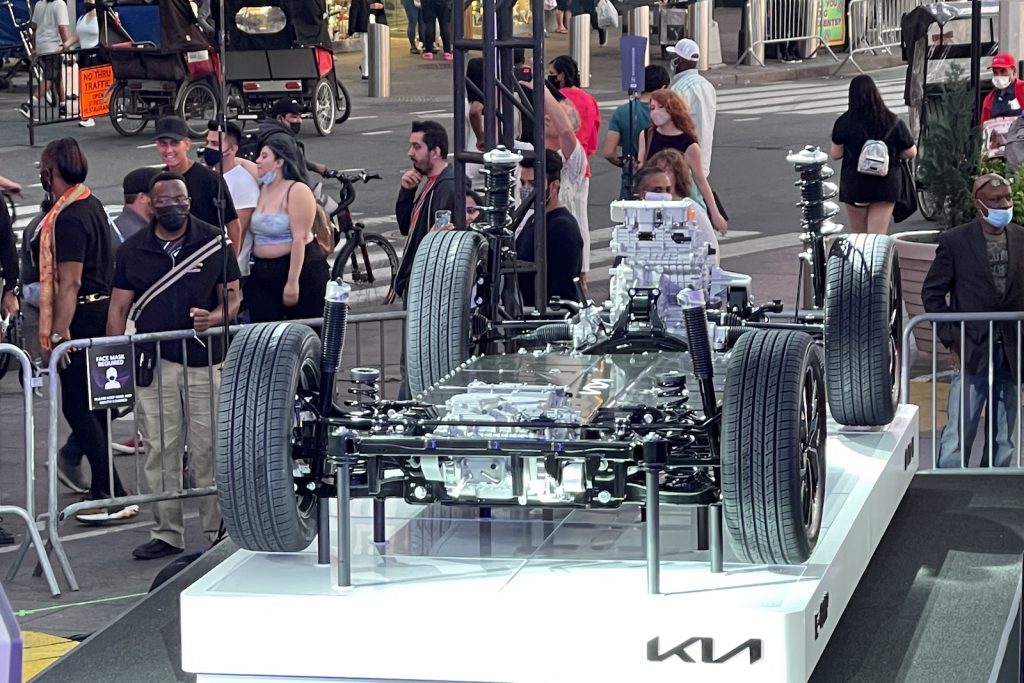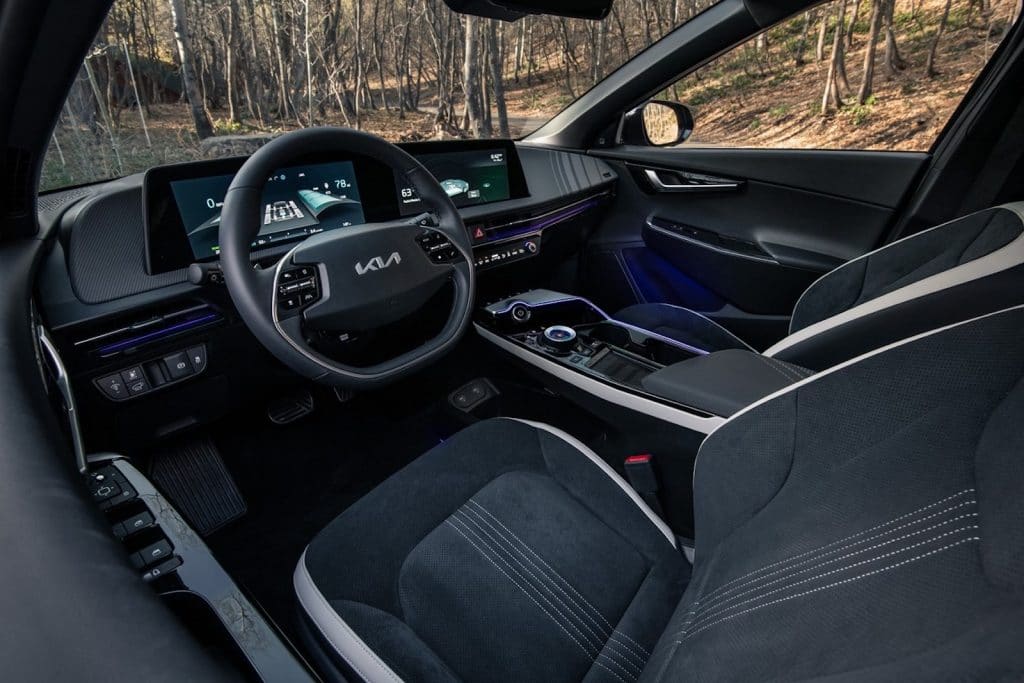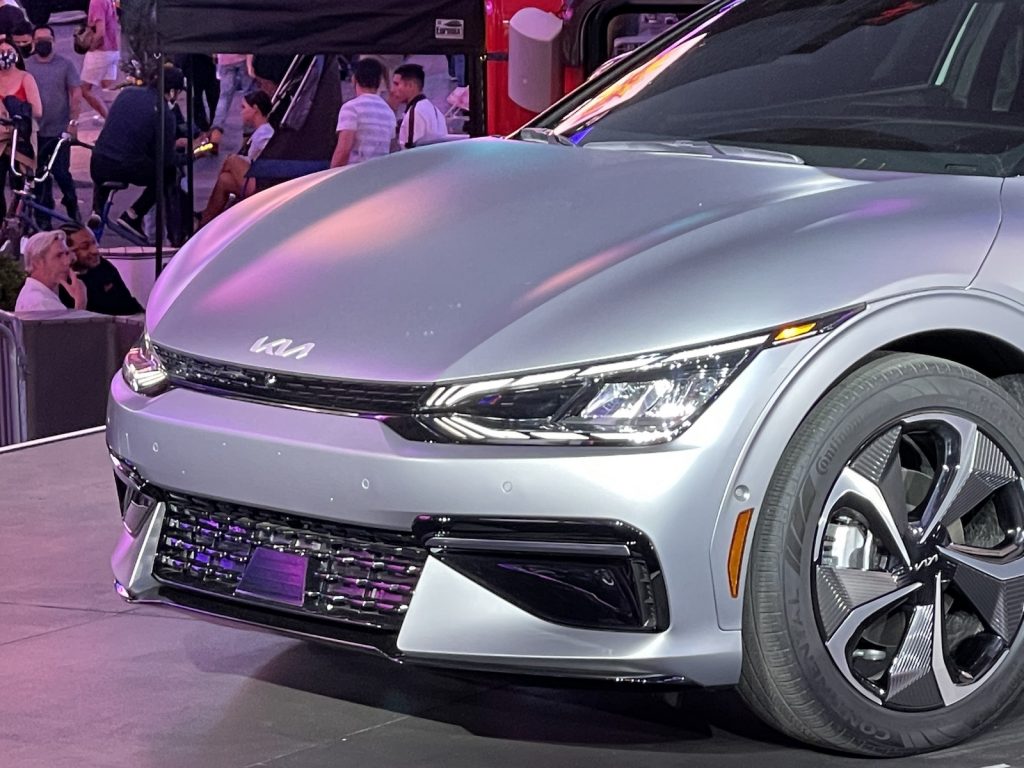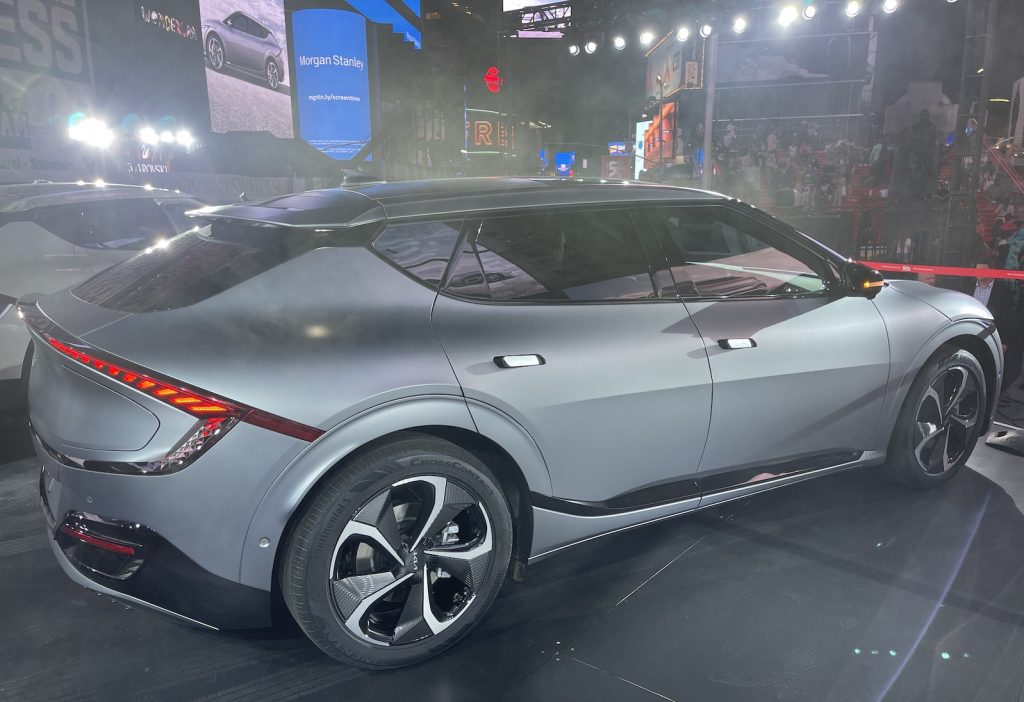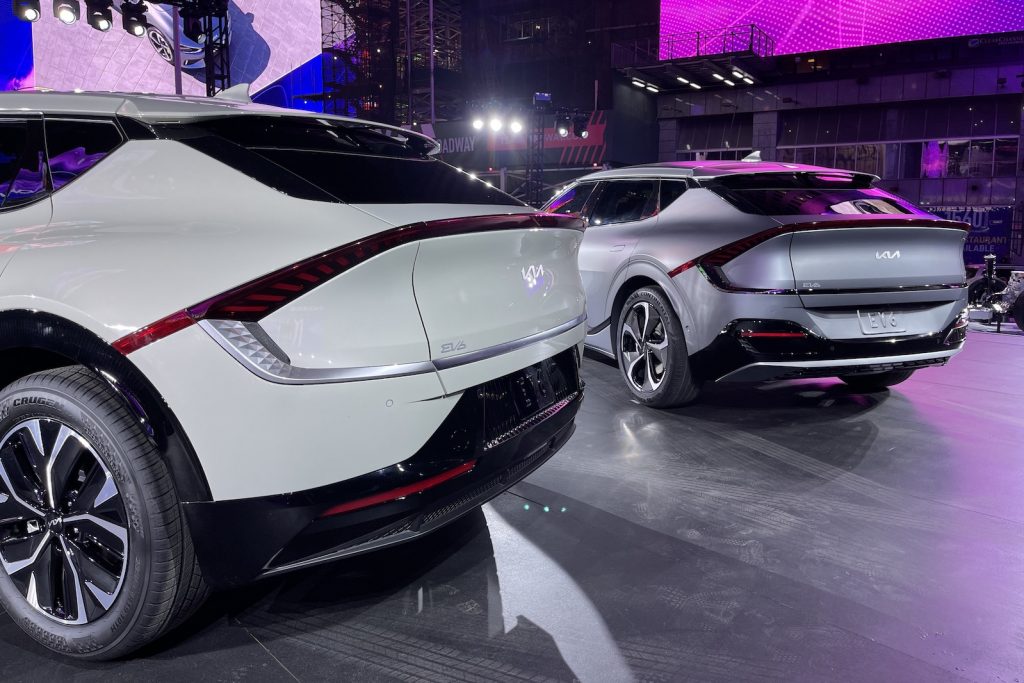This article was originally published by the Texas Observer, a nonprofit investigative news outlet. Sign up for their weekly newsletter, or follow them on Facebook and Twitter.
Wade at night into the gently lapping surf at Boca Chica Beach, an undeveloped stretch of sand about 20 miles east of the Texas border town of Brownsville, and ahead you’ll see nothing but Gulf waters meeting sky—endless, dark but for the stars and languid whitecaps. A pensive, ancient view to make you feel small and the world enormous.
Turn around and everything inverts. Beyond a smattering of working-class Latino families, gathered around bonfires and pickup trucks on the beach, looms something brimming with novelty, brightness, and ambition: the South Texas launch site for SpaceX, where one day a 400-foot rocket may leave Earth en route to Mars.
Just 1,500 feet from the water’s edge, amid rolling sand dunes and acres of tidal mud flats, rises a launchpad of towering cranes and scaffolding lit up like a sports stadium. Two miles back down State Highway 4, the only road reaching this remote bit of Texas coastline, is a bustling command and production facility. Around 10 p.m. on a June evening, construction workers huddle together on a platform encircling a huge white tank, consulting in Spanish about the job at hand, their acetylene torches showering sparks into the night air. Out front, where the company has erected an illuminated sign reading “Starbase,” tourists arrive to take selfies. One man says he came all the way from Kentucky, hoping to get a job with SpaceX. He’s exultant. “It’s like 530 years ago,” he says, “the last time we settled a new world.”
There are those in Brownsville who call SpaceX—the California-based corporation founded by Elon Musk, the world’s second-richest man—a form of colonization. “Brownsville is an area that’s been colonized and recolonized and has done so much to benefit people who come from somewhere else but not the people from here,” says Michelle Serrano, a local activist with the progressive network Voces Unidas.
Musk’s company, a 19-year-old concern now worth $74 billion, is a trailblazer in the field of privatized space travel. Last year, SpaceX became the first private company to carry NASA astronauts from Florida’s Cape Canaveral, the traditional hub of U.S. space launches, to the International Space Station. Musk is presently feuding with fellow space entrepreneur Jeff Bezos, the world’s richest individual, over future NASA contracts. Ultimately, Musk’s dream is to establish human society on Mars, an enterprise for which Texas beachgoers and rare wildlife are paying the price.
About a decade ago, Musk began scouting locations for a new launch site, looking for cheap land near a body of water to catch falling rockets and relatively near the equator for aeronautic reasons. The tip of South Texas seemed to fit the bill. SpaceX began gobbling up properties near Boca Chica Beach, which runs 7 miles from the mouth of the Rio Grande to the ship channel that separates it from South Padre Island.
Musk met with county and state officials, who rushed to lure him to an area where poverty rates hover around 30 percent. The state kicked in $15 million in incentives, and Cameron County abated the company’s property taxes for 10 years. In 2013, then-state Representative René Oliveira passed a bill allowing the county to close the beach during SpaceX launch activities, a move otherwise forbidden by Texas’ 62-year-old Open Beaches Act, one of the nation’s strongest laws protecting public beach access.
Musk seems to have imported the Silicon Valley mantra of “move fast and break things” to south Texas, where federal and local officials have mostly stayed out of his way.
For years, Musk barely touched the site. Then, in 2018, a space complex began to emerge. By mid-2019, test rocket launches started. Soon, the explosions followed. At least eight times, experimental space rockets met fiery demises during testing or landing, spewing flames and metal debris into crucial shorebird habitat abutting the beach. The company bought out most residents, some under duress, of a tiny subdivision next to the new production facility. Musk’s public enthusiasm also helped spur gentrification in nearby Brownsville, where housing costs rose last year by 20 percent, outpacing most major Texas cities. Meanwhile, local families, who had for generations come to Boca Chica Beach whenever they pleased, found their path increasingly blocked.
Charlie Guillen, 39, has fished at Boca Chica his whole life, just like his father, grandfather, and great-grandfather. Standing in the surf, anglers can reel in redfish, black drum, speckled trout, and whiting. Free of charge and open 24/7, Boca Chica has long been the beach for locals, Guillen says, while tourists pay for entry to the condo-riddled South Padre beach. Guillen, who runs a yearly fishing tournament at Boca Chica, used to come to the beach three or four times a week. But since SpaceX began closing the area every few days for everything from launches to equipment moving, he goes less and less.
“Boca Chica is the poor man’s beach,” he says. “It’s kind of like the fajita: People used to throw that away, and when they found out the poor guy was eating something pretty good, they took it away and started charging a lot of money for it.”
According to agreements with federal and state regulators, SpaceX should generally give 14 days’ notice before closing the road to Boca Chica and do so for only 300 hours a year. But advisories posted by the county, and monitoring by the state parks agency, show the company routinely provides only a day or two heads-up. The federal Fish and Wildlife Service and an independent environmental group have calculated that SpaceX closed the highway for more than 1,000 hours—around 42 days—in both 2019 and 2020 and is on a similar pace this year. The company also often changes plans last-minute and exceeds announced times.

Musk seems to have imported the Silicon Valley mantra of “Move fast and break things” to South Texas, where federal and local officials have mostly stayed out of his way. SpaceX employees have used the shoulder of State Highway 4 as a parking lot, and the two-lane road has seen a surge in traffic, potholes, and roadkill. One family is suing the company over a fatal car accident. Musk’s company also told federal regulators it would block lighting from reaching the beach, where it might disturb nesting sea turtles. A beach visit dispels that notion. Federal documents further state SpaceX is avoiding launches during turtle and bird nesting season, roughly March through September, which is disproved by a glance at the feds’ own public data or Musk’s Twitter feed.
In fact, Musk’s entire Texas project has changed from what the Federal Aviation Administration approved in 2014. Back then, SpaceX said the site would be for launching proven Falcon rockets, the ones it’s used to carry astronauts. That never happened, and the company is instead testing much larger experimental “Starships” designed for Martian travel. Hence the fires and explosions.
Musk seems to see Boca Chica as terra nullius, no man’s land. “We’ve got a lot of land with nobody around, and so if [a rocket] blows up, it’s cool,” he said of the area in 2018.
On a Saturday morning in June, Mary Helen Flores, a 56-year-old Brownsville native who helps run volunteer beach cleanups, pulls up to Boca Chica in her white SUV. Parked vehicles extend to the horizon in both directions; mothers sit with children in the shallow tide; seagulls and brown pelicans swarm. “There was no other beach like Boca Chica on the entire Gulf Coast that you could drive on for free, stay as long as you wanted, and it was completely undeveloped,” Flores says.“There’s no replacing that, so I don’t understand how it was just pissed away.”
Mars. Elon Musk wants to go to Mars, a planet at least 34 million miles away with no breathable air and temperatures about 80 below zero. Once there, he wants to colonize it, establishing an independent human civilization. Why? To save humanity, if you take his word for it.
“Either we’re going to become a multi-planet species and a space-faring civilization, or we’re going to be stuck on one planet until some eventual extinction event,” Musk has said. Elsewhere, he’s stated his only reason for amassing a $160 billion net worth is for this sort of astral charity: “I am accumulating resources to help make life multiplanetary and extend the light of consciousness to the stars.”
There’s a certain logic to Musk’s claims. By burning fossil fuels and proliferating nuclear weapons, we humans have made our planet more catastrophe-prone. Plus, some hundreds of millions of years from now, the sun could grow too hot for life on Earth. Musk believes we need a fail-safe, a vision that’s earned him both fans and detractors.
“The advocates of Mars colonization are saying, ‘Earth has all these problems with regard to its potential habitability for humans,’ which is certainly true,” says Daniel Deudney, a professor of political science at John Hopkins University who wrote a recent book arguing against space colonization. “But their solution is to go to an utterly lifeless, vastly inhospitable space millions of miles away and start from scratch, as opposed to saving the rainforests or preventing acidification of the ocean.”
Deudney describes life on Mars as hellish: To breathe and avoid death by radiation, humans would shelter in heavily insulated domes or bunkers. We’d need to create contained, artificial ecosystems, something we’ve been unable to pull off on Earth. Musk says we should “terraform” Mars, or make it Earth-like, while NASA says that’s impossible in the foreseeable future. And if we did ever establish a self-sustaining population—a huge if—Deudney believes we’d come to regret it.
As space colonies became independent, Deudney argues, war would overtake the final frontier just as it does on earthly frontiers, only deadlier. Think weaponized asteroids. “The space environment is intrinsically violent in ways that are completely alien to terrestrial existence,” he says. “Really, our future generations will curse us for having started this.” Better, Deudney says, to put our limited time and money toward directly addressing threats at home—the only place in the universe that we know is conducive to complex life.
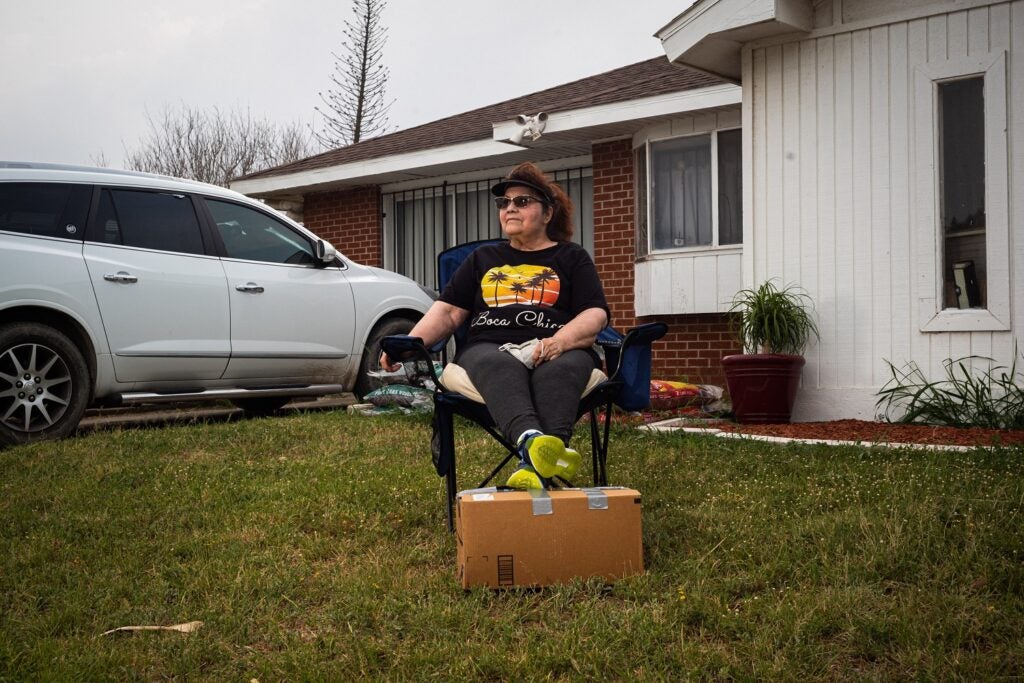
Of course, there are other uses for Musk’s massive reusable rockets, even if Mars colonization never takes off. Take luxury tourism. SpaceX has plans to shuttle three tourists to the International Space Station, in a rocket launched from Florida, for a price of $55 million each. Another billionaire, Richard Branson, became the first person to self-fund a brief trip to suborbital space in July, and his company has sold seats on such flights for about $250,000. For reference, the median household income in Brownsville is $39,000 a year.
Then, there’s satellite deployment. For its budding internet service, SpaceX has launched more than 1,000 satellites into orbit, with plans to send off about 40,000 more. This swarm of reflective objects, sometimes visible to the naked eye, has already polluted astronomers’ space images with trails of light, like a child drawing with a highlighter. Musk “is screwing astronomy with his satellites,” says Nicholas Suntzeff, professor of observational astronomy at Texas A&M.
Suntzeff especially fears the potential use of satellites for corporate advertising. Next year, SpaceX plans to ferry a satellite into orbit for a company that will display images of a customer’s choice on the satellite in return for cryptocoin payments. The pictures will be visible only via livestream on electronic devices, but Suntzeff suspects ads will one day be seen from the ground. “When you look up at the sky and instead of seeing the moon, you see Chick-Fil-A, it’s gonna really piss people off,” he says. “The sky is the heritage of all humanity … and a few companies trying to make money will take that away from us.”
Last, there’s the long-standing overlap between space and military technologies. In the century behind us, the Nazi Wernher Von Braun invented the V-2 rocket, a long-range ballistic missile for use against the Allies that later propelled the first man-made object into space. In our current century, the American military already pays SpaceX to launch spy satellites, and the Air Force is interested in using the company’s Starship to deliver large payloads all over the world.
Musk is not the first to dream of developing Boca Chica Beach. In the 1800s, a settlement called Clarksville stood where the sand meets the mouth of the Rio Grande; in the 1930s, an Army colonel from Missouri erected a small seaside resort on the beach. Both projects were ravaged by hurricanes. Musk isn’t even the first rocket enthusiast to grace Boca Chica. In 1933, a skydiving exhibitionist put on a show billed as the Human Rocket, in which he leaped from a moving plane and planned to ignite fireworks with a cigar as he descended. With hundreds gathered on the beach to watch, the man vanished mid-stunt into the mist over the Gulf. Newspaper reports suggest he either drowned or fled to Mexico.
In 1954, a new bridge facilitated travel to South Padre Island, and from then on Padre became the hub for waterfront tourism and entertainment. Boca Chica was left alone to cement its identity as the poor people’s beach, free and a touch wild.
Perhaps, though, Musk will be the man to stick the landing at Boca Chica. Maybe SpaceX will avoid a serious hurricane hit, a scenario that Texas’ parks department has said could cause “catastrophic damage.” Rather than vanish in the mist, Musk might write Boca Chica into the world history books. Already, he’s taken to calling the area Starbase, and—despite the fact that most of the surrounding land is owned by the state or federal government—he professes plans to settle a kind of company town. SpaceX has also hinted at schemes for a luxury resort.
“We want ’em out of here. It’s all ambition.”
Henry Garcia, resident of Brownsville, Texas
Maybe, one day, Brownsvillians at Boca Chica will be able to stand in the shadow of a colossal Mars-bound rocket, bathed in the lights of a high-dollar hotel, watching countless satellites careen overhead like for-profit shooting stars, knowing that they were a part of history. Some locals will hold jobs at SpaceX, and a few may even be well-paid enough to buy a ride into murderous space itself. Perhaps, it will all be worth it.
Henry Garcia, a slight 55-year-old, stands in the Boca Chica surf holding his infant grandchild on a Friday evening. As the sun sets, a salty breeze erases the last of the day’s heat. “This is where you release the stress, man, forget about everything,” he says. Garcia has six more family members with him, spanning three generations, grilling chicken nearby and prepping a bonfire. He’s fed up with SpaceX disrupting the area. “We want ’em out of here,” he says. “They stop us from enjoying the beach. It’s all ambition.”
Asked about the jobs the company brings, Garcia shrugs, then gestures across the yawning Gulf. “I prefer this.”

